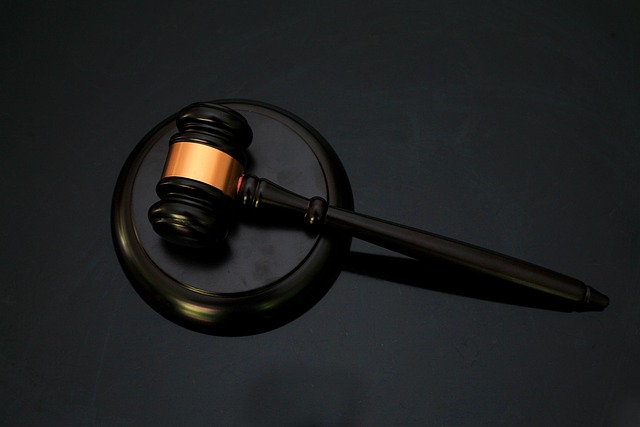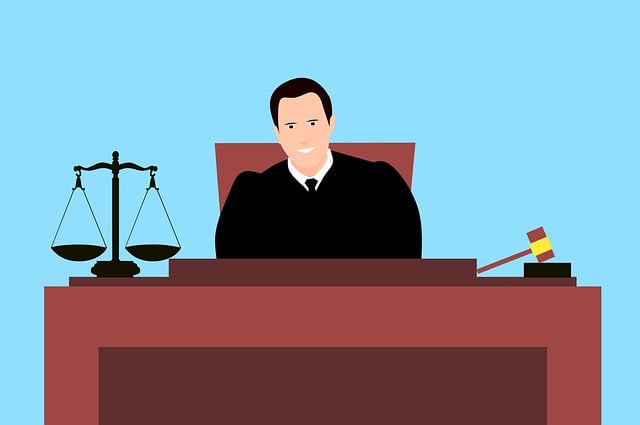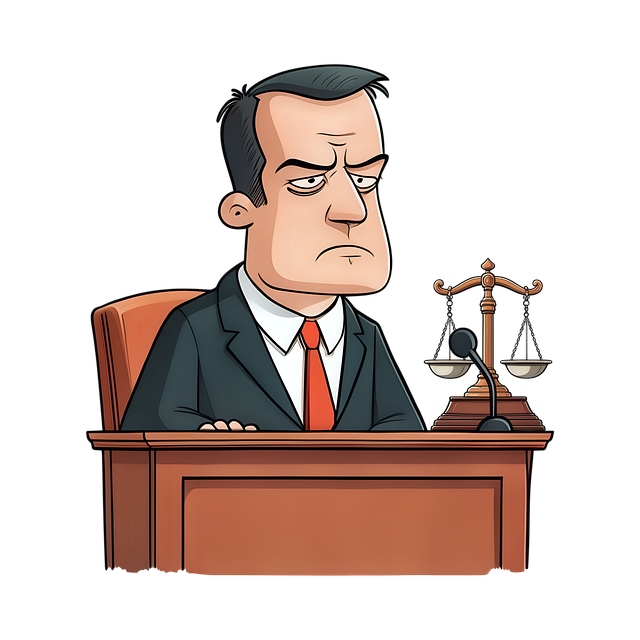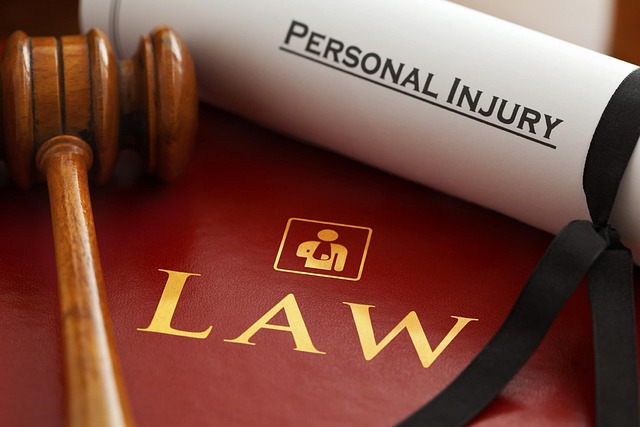A wrongful death lawsuit seeks compensation for a loved one's loss due to another's negligence or intent. It involves identifying negligence, establishing liability through evidence analysis, and pursuing damages like medical expenses, lost earnings, pain and suffering, and punitive measures for gross negligence. Strategic approaches, including settlement negotiations or trials, are crucial to secure wrongful death damages while understanding insurance policies expands compensation potential.
In the event of a tragic loss due to another’s negligence, understanding legal options for pursuing wrongful death damages is paramount. This comprehensive guide explores your rights and the steps involved in seeking justice. We delve into the intricacies of wrongful death damages, from grasping the fundamentals of wrongful death lawsuits to identifying negligence and liability, and ultimately maximizing compensation through settlement or trial.
- Understanding Wrongful Death Lawsuits
- Identifying Negligence and Liability
- Maximizing Damages in Settlement or Trial
Understanding Wrongful Death Lawsuits

A wrongful death lawsuit is a legal claim brought forth by the surviving family members or loved ones of an individual who passed away due to another party’s negligence or intentional actions. These cases are designed to provide financial compensation for the loss suffered, often including medical expenses, lost earnings, and non-economic damages such as pain and suffering. The primary goal is to hold the responsible party accountable and ensure that the family receives the support they need during an incredibly difficult time.
Wrongful death claims can arise from a variety of situations, including but not limited to medical mistakes or negligence (like nursing home neglect), motor vehicle accidents (auto accident injuries), and product liability cases. In these scenarios, loved ones may seek justice and redress through legal action, aiming for wrongful death damages that reflect the true cost of their loss.
Identifying Negligence and Liability

Identifying negligence and liability is a crucial step when pursuing wrongful death damages. In such cases, it’s essential to prove that a defendant’s actions or inactions fell below the acceptable standard of care, resulting in harm or loss of life. This involves thoroughly examining the circumstances surrounding the incident, including medical records, eyewitness accounts, and expert opinions. Establishing liability often requires understanding complex legal principles and demonstrating a direct causal link between the defendant’s negligence and the victim’s death.
In cases involving real estate disputes or insurance coverage disputes, identifying negligence might require a car accident lawyer’s expertise. These professionals are trained to navigate intricate legal matters and can help uncover evidence of negligence, such as unsafe property conditions, driver error, or inadequate insurance policies. By thoroughly investigating these aspects, victims’ families can build a strong case for wrongful death damages, ensuring justice and compensation for their loss.
Maximizing Damages in Settlement or Trial
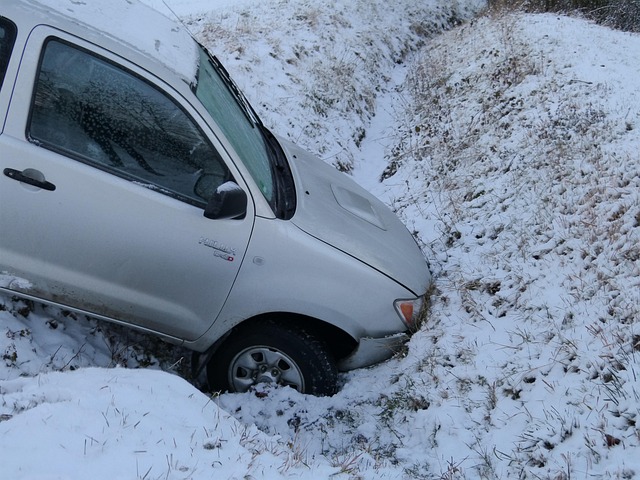
When pursuing wrongful death damages, whether through settlement negotiations or a trial, maximizing compensation is paramount. In settlement discussions, legal experts strategically assess the strengths and weaknesses of the case to determine an appropriate figure. This involves considering factors such as economic losses, pain and suffering, and punitive damages for gross negligence. A well-crafted demand letter that outlines these aspects can significantly influence the negotiation process.
In a trial setting, presenting a compelling case becomes crucial. Legal teams meticulously build their argument by examining evidence related to the wrongful death, including medical records, witness testimonies, and expert opinions. Demonstrating liability, especially in cases like breach of fiduciary duty or employment disputes, can lead to substantial verdicts. Moreover, understanding insurance policies, such as homeowner insurance claims, may open doors to additional compensation sources for the bereaved family.
When pursuing wrongful death damages, understanding the legal framework, identifying liability, and maximizing settlement opportunities are key steps. By thoroughly reviewing each case and strategizing effectively, legal professionals can navigate the complex landscape of wrongful death lawsuits, ensuring that survivors receive fair compensation for their loss. This process involves a meticulous examination of evidence, expert testimony, and a deep knowledge of applicable laws to achieve the best possible outcome, whether through settlement or trial.
